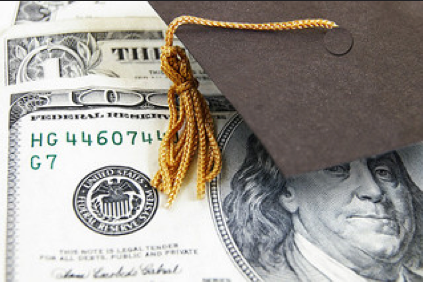Is financial literacy an important-enough skill that it should be taught alongside reading, writing and arithmetic? Most Americans seem to think so, according to a recent survey from RBC Wealth Management-U.S. and City National Bank.
The survey, conducted in mid-March, found that 87 percent of Americans believe that financial literacy should be taught in schools. Of those in favor of incorporating financial literacy into the classroom, 15 percent said instruction should begin as early as elementary. The rest (72 percent) said it should be taught in middle and high school.
“Having a basic understanding of how money, investing and our broader financial system works is critical in our society today. Yet there is a growing realization, particularly in the wake of the last financial crisis, that many people don’t understand budgeting, investing or how simple financial products like loans work,” said Tom Sagissor, president of RBC Wealth Management-U.S. “That puts them at a disadvantage not only during their working years, but as they begin to contemplate retirement.”
The same survey found that more than one-third of American adults (35 percent) received no instruction on investing — whether from their parents, school or someone else. Another 39 percent said they simply taught themselves.
“Money has long been considered a taboo topic, even among family,” said Malia Haskins, vice president, wealth strategist at RBC Wealth Management-U.S. “We’ve seen many of our clients struggle with how to talk to their kids about money. In fact, many ask their financial advisor to have the conversation with their kids because they aren’t comfortable doing so themselves.”
But data suggests this trend may be changing. While 38 percent and 37 percent, respectively, of Baby Boomers (ages 55 and older) and GenXers (ages 35 to 54) said no one taught them about investing, only 29 percent of Millennials (ages 18 to 34) claim to have had the same experience. In fact, 29 percent of Millennials said they learned about investing from their parents and 22 percent said they learned in school. That’s a vastly different experience than that of Baby Boomers, only 10 percent of whom said they received such instruction at home and 9 percent of whom said they did in the classroom.

